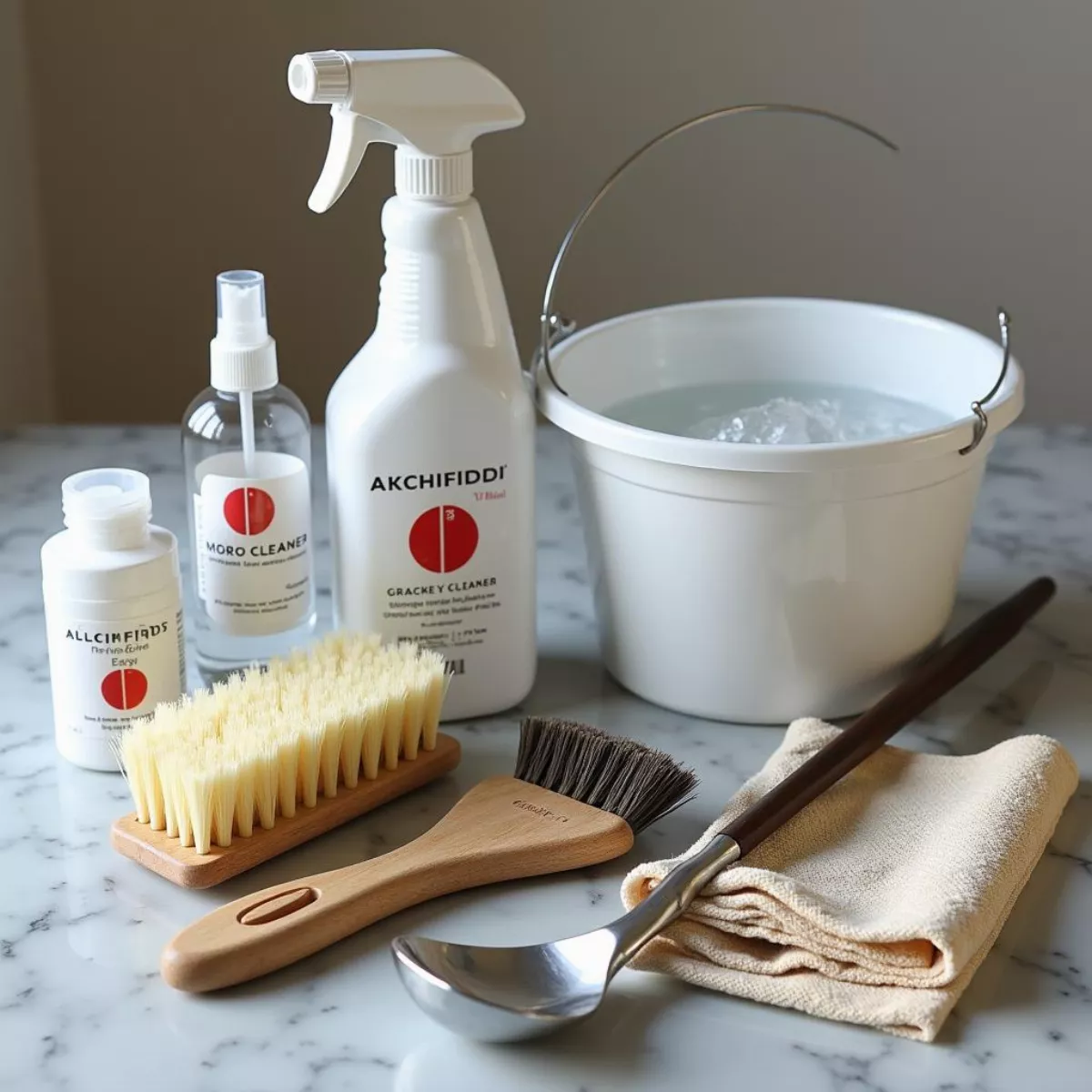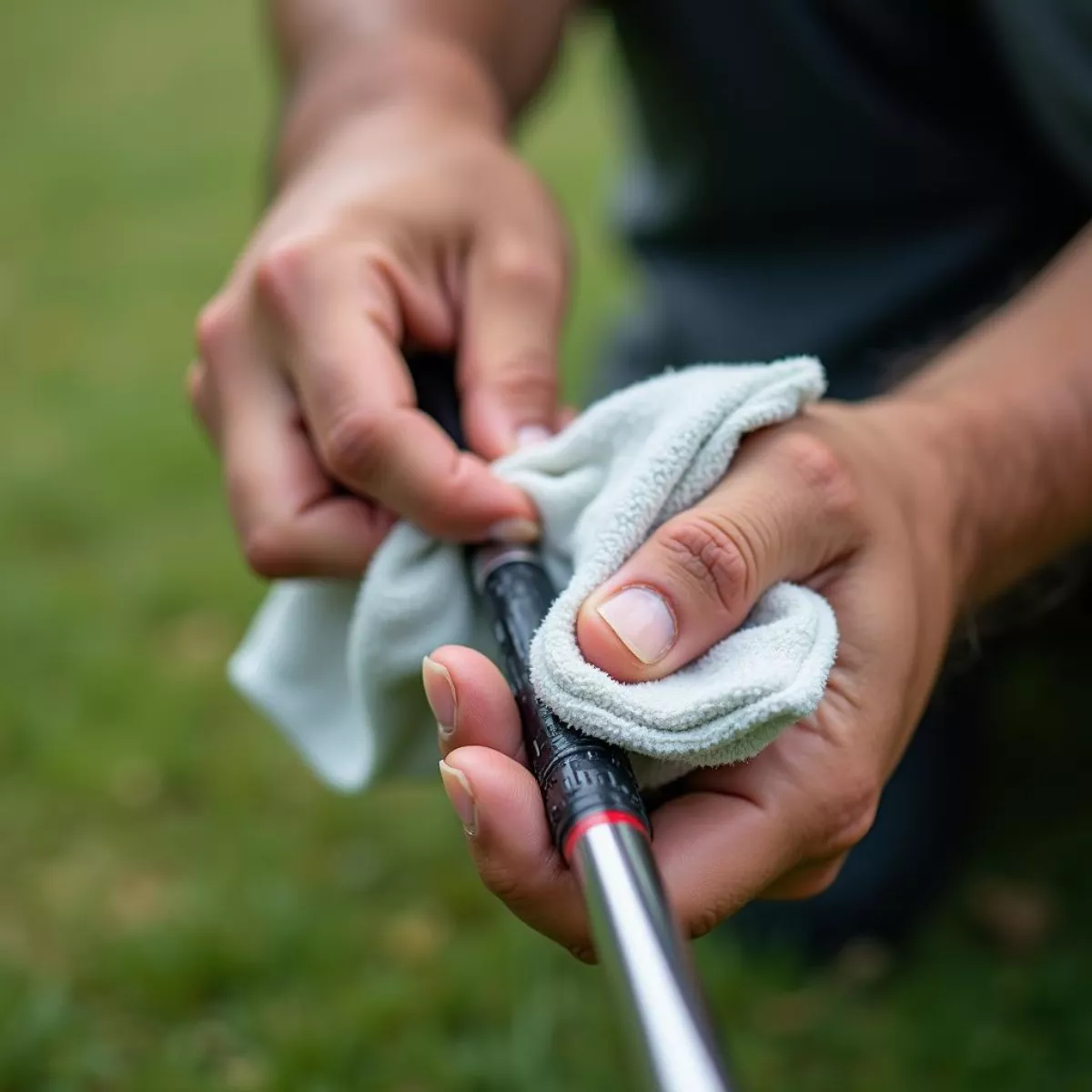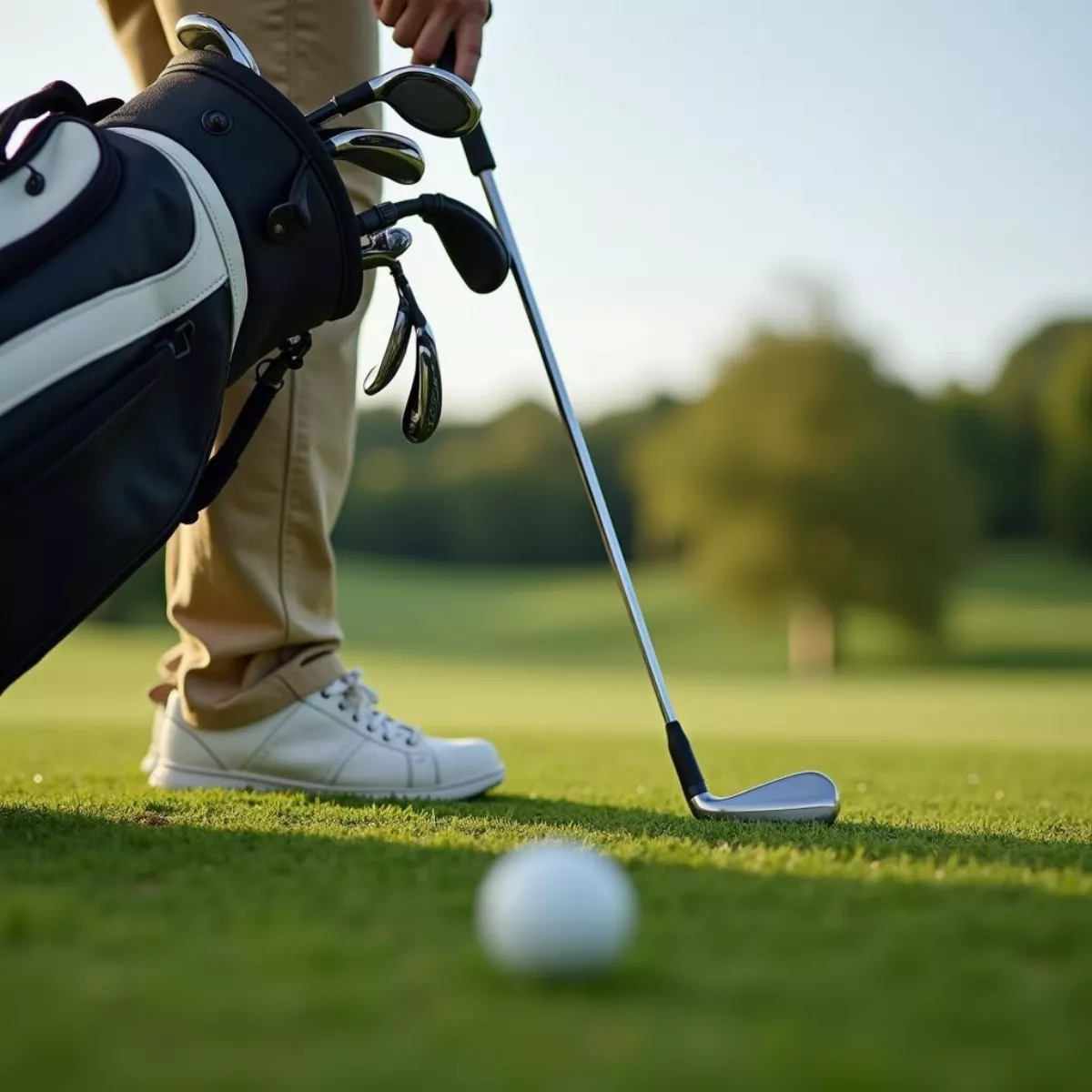Keeping your golf clubs in top condition is essential for enhancing your performance on the course. Like any equipment, golf clubs require regular maintenance to ensure they perform at their best. Whether you’re a beginner or a seasoned golfer, knowing how to properly clean your golf clubs can help maintain their lifespan and keep them looking polished. In this guide, we’ll walk you through the steps and tips for cleaning various types of golf clubs, the best tools to use, and some common mistakes to avoid.
Why Clean Your Golf Clubs?
Before we dive into the specifics, let’s discuss why cleaning your golf clubs is important to your game:
- Improved Performance: Dirty clubs can affect your ability to hit the ball efficiently. Dirt and debris can impact ball spin and distance.
- Extended Lifespan: Regular cleaning can prevent rust and other damage, prolonging the life of your clubs.
- Aesthetics: Clean clubs look better and can enhance your confidence on the course.
Tools You’ll Need
Before getting started, gather the following cleaning tools:
| Tool | Purpose |
|---|---|
| Soft-bristled brush | Removes dirt from club faces and grooves |
| Bucket of warm water | For soaking heads and cleaning |
| Mild dish soap | Breaks down grime and grease |
| Towel | For drying and polishing |
| Toothpick or metal tip cleaner | For cleaning stubborn debris |
| Spray bottle (optional) | For easy application of water |
 Golf club cleaning kit
Golf club cleaning kit
Step-by-Step Cleaning Process
1. Preparation
Make sure you have your workspace organized. Lay out your tools and set the bucket of warm, soapy water nearby.
2. Cleaning the Clubheads
- Iron and Wedge Cleaning:
- Submerge the clubheads (not the shafts) in warm, soapy water.
- Let them soak for a few minutes to loosen dirt.
- Use a soft-bristled brush to scrub the clubface, ensuring you pay special attention to the grooves.
- Tip: For stubborn mud, use a toothpick to carefully scrape it away.
- Driver and Woods Cleaning:
- Wipe the heads down with a damp towel to remove surface dirt.
- Avoid submerging the club in water; instead, use the brush with soapy water for the crown and face.
- Wipe dry with a towel.
3. Cleaning the Shafts
- To clean the shafts:
- Use a damp cloth with a little soap to wipe them down.
- Avoid soaking the entire club as this can loosen the grip over time.
- Pay attention to the grip; a clean grip gives you better control.
 Cleaning a golf club shaft
Cleaning a golf club shaft
4. Drying
- After cleaning, thoroughly dry each club with a towel. This will help prevent rust and corrosion.
5. Finishing Touches
- Check for golf ball marks or debris in the grooves and use your cleaning tool as necessary.
- Store your clubs in a dry environment—avoid leaving them in damp areas like basements.
Cleaning Golf Clubs Regularly
How Often Should You Clean Your Clubs?
- After every round of golf.
- After hitting at the driving range.
- If you’ve played in wet conditions.
Doing this routinely will help maintain their performance and appearance.
Common Mistakes to Avoid
- Using Harsh Chemicals: Avoid bleach or strong chemicals that may damage club finishes.
- Neglecting the Grips: Grips are often overlooked but require just as much attention.
- Inadequate Drying: Not drying your clubs properly can lead to rust.
 Rusty golf club head
Rusty golf club head
FAQs about Cleaning Golf Clubs
Here are some frequently asked questions regarding golf club cleaning:
- How often should I clean my golf clubs?
- After each round and after practice sessions, particularly after playing in wet conditions.
- Can I put my clubs in the dishwasher?
- No, dishwashers spray high heat and can damage the finishes and grips of the clubs.
- What’s the best way to clean grips?
- Use a damp cloth with mild soap, and rinse with clean water; let them air dry fully.
- Can I clean my clubs with a wire brush?
- It’s not recommended as a wire brush can scratch and damage the club surfaces.
- Does club cleaning improve performance?
- Yes, clean clubs enhance your contact with the ball, thereby improving performance.
- What should I do if my clubs rust?
- You can often remove surface rust with vinegar or metal polish; if it’s severe, consulting a professional may be best.
- Is it necessary to clean my driver differently?
- Yes, avoid submerging the driver in water; instead, use a damp cloth and soft brush.
- Do I need to take special care of antique clubs?
- Yes, antique clubs may require special cleaning solutions or techniques to avoid damage.
- Can I use a pressure washer to clean my clubs?
- Avoid pressure washers as they can force water into club heads and damage them.
- How do I know if my clubs are clean enough?
- They should be free of dirt and debris, especially in the grooves of clubfaces for optimal performance.
Key Takeaways
- Always clean your golf clubs after every use to maintain their performance and aesthetic.
- Use mild soap, water, and the right tools like a soft-bristled brush to clean effectively.
- Dry your clubs thoroughly to prevent rust and deterioration.
- Stay clear of harsh chemicals and avoid soaking shafts to protect the grips.
- Give special attention to cleaning the grooves for improved shot accuracy.
By following these guidelines, you’ll ensure that your golf clubs remain in excellent condition, maximizing your performance on the course. Keeping clubs clean isn’t just about aesthetics; it’s about ensuring you perform at your best every time you step up to tee off!
 Golfer on the course with clean clubs
Golfer on the course with clean clubs
Now that you have everything you need to keep your golf clubs clean and performing well, it’s time to hit the course! Happy golfing!

